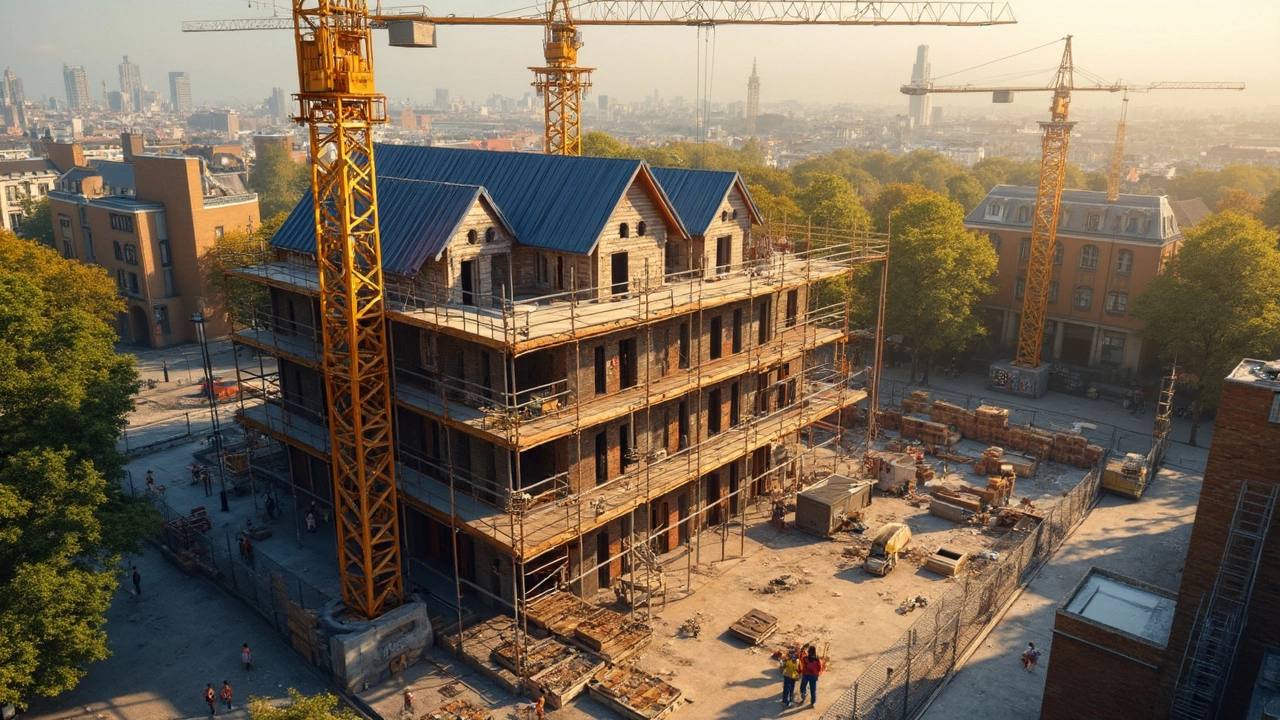Building Costs: Simple Ways to Estimate, Save & Plan Your Project
Thinking about a new build, an extension, or a major remodel? The first thing that pops into most people’s heads is the price tag. But if you know the main cost drivers and have a clear budgeting method, you won’t be shocked when the invoice arrives. Below you’ll find the practical steps First Choice Flooring Solutions uses to help homeowners and businesses keep building costs under control.
What Drives Building Costs?
Most budgets break down into three big buckets: materials, labour and extras. Materials cover everything from concrete and steel to the flooring you’ll walk on. Labour is the hourly rate for tradespeople – electricians, plumbers, carpet fitters – and it can jump quickly if the job runs over schedule. Extras are the hidden fees: permits, waste removal, site security and unexpected site conditions like mold or foundation cracks.
Take a look at a typical roof replacement. One of our recent posts, “Is $30,000 Too Much for a Roof?”, shows that the headline price often includes not just shingles but also under‑layment, flashing, disposal of old material and safety scaffolding. Ignoring any of these items can leave you with a surprise bill later.
Flooring is another big slice of the pie. Engineered hardwood, luxury vinyl plank and traditional carpet each have different price points and installation timelines. In 2025 the trend leans toward engineered hardwood for living rooms – a stylish choice that adds value without the maintenance cost of solid timber.
Smart Tips to Keep Your Budget on Track
Start with a solid estimate. Break the project down into phases, write down the material list for each phase, and get at least three quotes for every major trade. Compare not just the total price but the scope – does the quote include waste removal, delivery, or a warranty?
Build a contingency fund of 10‑15% of the total estimate. This cushion absorbs surprises like discovering mold in a wall (see our post “Can You Get Sick from Building Mold?” for signs to watch) or needing extra structural support.
Schedule wisely. Working in dry months reduces delays caused by rain, which can stall concrete pours and extend labour costs. If you’re renovating a bathroom, a realistic timeline – like the one outlined in “Small Bathroom Renovation Timeline” – helps avoid paying overtime.
Don’t forget the long‑term savings. Investing a bit more in high‑quality flooring now can cut future replacement costs. Our “2025's Top Living Room Flooring Trends” article explains why luxury vinyl plank, when installed properly, lasts longer than cheap carpet and lowers heating bills because it reflects more heat.
Finally, keep communication open with your contractor. Weekly check‑ins let you catch scope changes early, before they turn into costly add‑ons. If you need help picking the right floor or understanding the profit margin in construction (our “Average Profit Margin in Construction” guide breaks it down), our team at First Choice Flooring Solutions is ready to walk you through the numbers.
Bottom line: building costs can feel overwhelming, but with a clear estimate, a solid contingency, and smart material choices, you stay in control. Use the tips above, ask the right questions, and you’ll finish your project on budget and on time.
Why Is Building a House So Expensive?
- Gavin Whitaker
- |
- |
- 0
Building a house today costs an arm and a leg, but why is that the case? From skyrocketing material prices to the demand for skilled labor, many factors contribute to the hefty bills. Navigating this complex terrain involves understanding everything from land costs to legal fees. This article breaks down the nitty-gritty of house-building expenses and offers practical tips to keep your budget in check.
View moreIs Building Your Own Home More Affordable Than Buying a New Build?
- Gavin Whitaker
- |
- |
- 0
In a time when housing costs continue to fluctuate, many potential homeowners are torn between the decision to build or buy. Building a home offers the allure of customization, while buying an existing property often means convenience and time savings. We'll take a deep dive into the current factors affecting the costs of both building and buying, providing insights that could help steer your next housing decision. Whether you're planning to settle down in the countryside or the heart of the city, this discussion will offer valuable pointers.
View more
